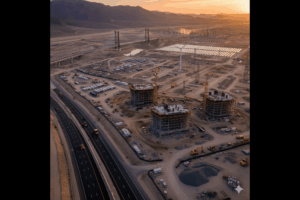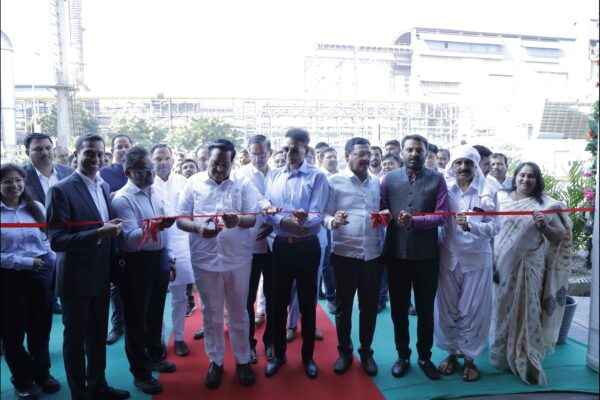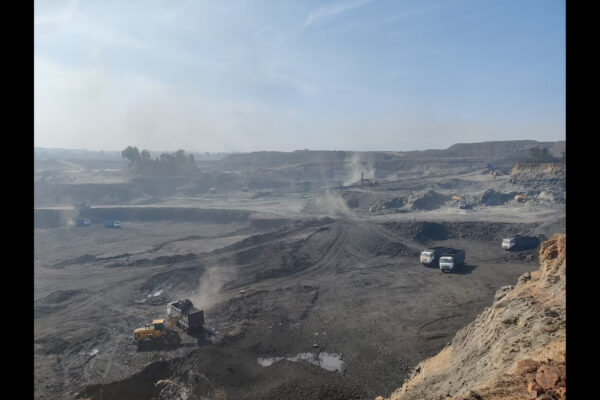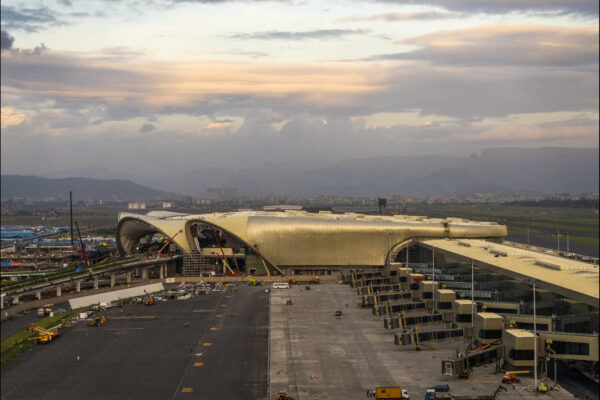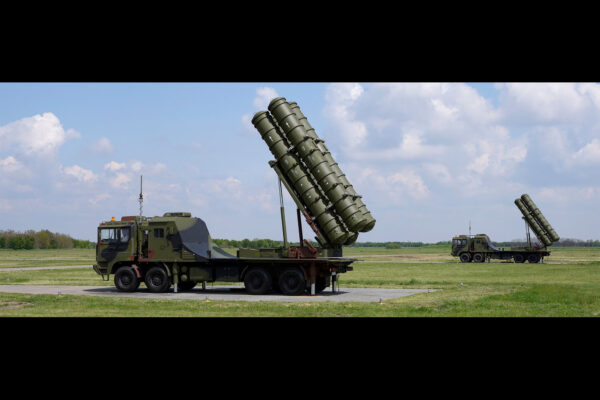Top 5 insurance mistakes to avoid in large infrastructure projects
by Rajesh Singh, President & Head of Property & Infrastructure, Howden India
The world’s infrastructure is undergoing a massive transformation, with an estimated $3 trillion invested in construction projects every year. However, beneath the surface of these megaprojects lies a complex web of risks that can lead to big consequences. According to a study by the Project Management Institute (PMI), 52% of infrastructure projects experience scope changes, resulting in an average cost increase of 24%.
Large-scale infrastructure projects are complex and high-risk endeavours that require meticulous planning, execution, and risk management. One critical aspect of managing these risks is securing the right insurance coverage.
Yet, many EPC (Engineering, Procurement, and Construction) players make costly mistakes when buying insurance plans, leaving them exposed to financial losses and project delays. In this article, we’ll explore the top 5 insurance mistakes to avoid in large infrastructure projects and provide expert insights on how to build a robust insurance program.
Mistake #1: Underestimating or misidentifying risks
EPC projects involve a vast array of risks, from natural disasters and construction accidents to supply chain disruptions, design errors, and political instability. A common mistake is a superficial assessment of these risks, leading to gaps in coverage or inadequate policy limits. EPC players might focus only on obvious physical damage risks and overlook professional liability, environmental hazards, or delay in startup.
For instance, a study by the International Association of Engineering Insurers found that 60% of construction projects experience delays or disruptions, resulting in significant financial losses. To avoid this mistake, EPC players should conduct a thorough risk assessment and engage with experienced insurance brokers who can help identify potential risks and recommend suitable coverage.
According to a report by the World Economic Forum, the top 5 risks facing infrastructure projects are:
*Cyberattacks
*Extreme weather events
*Infrastructure failures
*Data loss
*Regulatory changes
These risks can have a significant impact on infrastructure projects, and EPC players must be aware of them to ensure adequate coverage.
Mistake #2: Not aligning insurance with contractual obligations
EPC contracts often dictate specific insurance requirements, including types of coverage, policy limits, and indemnities. A mistake is failing to thoroughly review and align the insurance program with these contractual obligations, assuming standard policies will suffice. This can also include not considering how risks are allocated between the owner and the EPC contractor in the contract.
EPC contracts require specific insurance coverage, including professional liability and workers’ compensation. Failure to comply with these requirements can lead to breaches of contract, legal disputes, financial penalties, and the EPC player being held liable for risks that should have been covered by insurance.
Mistake #3: Overlooking specific project phases and their unique risks
EPC projects have distinct phases, each carrying unique risks. Purchasing a generic policy that doesn’t adequately address the evolving risks throughout the project lifecycle is a common mistake. For example, the risks associated with the design phase are different from those in the construction or commissioning phase.
To avoid this mistake, EPC players should ensure that their insurance policy covers the specific risks associated with each project phase.
Mistake #4: Neglecting professional indemnity and third-party liability
While “all-risk” policies for material damage are often prioritized, EPC players sometimes underestimate the importance of professional indemnity (PI) insurance for design errors or negligence and comprehensive third-party liability (TPL) for damages or injuries to external parties.
According to a report by the International Risk Management Institute, professional liability claims can be substantial, with average claim costs ranging from $100,000 to $1 million. To avoid this mistake, EPC players should ensure that their insurance policy includes PI and TPL coverage.
Mistake #5: Insufficient engagement with insurance experts and brokers
Treating insurance as a mere compliance item or solely relying on in-house teams without specialized insurance expertise can result in inadequate coverage. Failing to engage experienced insurance brokers who specialize in large-scale infrastructure projects can lead to a lack of access to tailored solutions, market insights, and strong negotiation power with insurers.
EPC players should engage with experienced insurance brokers who can provide valuable insights, access to specialized markets, and negotiate competitive terms.
Technical inputs for EPC project insurance
To ensure adequate coverage, EPC players should consider the following:
- Core Insurance Coverages: Contractor’s All Risks (CAR) / Erection All Risks (EAR) Insurance, Professional Indemnity (PI) / Errors & Omissions (E&O) Insurance, and Advance Loss of Profits (ALOP) / Delay in Start-up (DSU) Insurance.
- Special Risks & Specific Coverages: Surety Bonds, Third-Party Liability (TPL) / Public Liability Insurance
- Other Important Technical Considerations
a) Policy Period: The insurance policy must align with the entire project duration, including any defects liability period. Be aware that extending policies beyond standard terms may impact premiums and depend on favourable past loss ratios.
b) Sum Insured: This amount should be sufficient to cover the total contract value, encompassing materials, labour, and potential cost escalations. For Delay in Start-Up (DSU) insurance, the sum insured should adequately cover projected gross profits and standing charges.
c) Deductibles/Excess: This is the portion of any loss that you, as the insured, must bear. It’s crucial to negotiate these terms carefully to manage your financial exposure.
d) Geographical Scope: Always ensure the policy explicitly covers the specific location of your project.
e) Instalment Payments: Timely payment of all instalments premiums is essential to maintain continuous coverage and avoid policy lapses.
f) Jurisdiction: Clearly specify the governing law and the mechanism for dispute resolution in the event of claims.
g) Cross-Liability Clause: This clause is vital for multi-party projects. It treats each party covered under the same policy as a separate insured. This means if one insured party causes damage to another insured’s property, the policy will still respond to the claim.
h) Waiver of Subrogation: Often a requirement from project owners, this means the insurer waives its right to recover damages from other parties involved in the project (eg, subcontractors) after paying a claim.
i) Force Majeure: While standard policies typically don’t cover “force majeure” as a cause of physical damage (as it refers to an event beyond human control), the consequences of a force majeure event (e.g., physical damage from a natural disaster) would be covered if it falls under an insured peril in a Contractors’ All Risks (CAR) or Erection All Risks (EAR) policy.
j) Contingent Liability: Consider securing coverage for liabilities that might arise from the actions of subcontractors, especially if their own insurance is insufficient or fails.
k) Terrorism and Sabotage: For critical infrastructure projects, specific extensions may be required to cover risks related to terrorism and sabotage.
l) Political Risks: For international projects, it’s prudent to consider coverage for risks such as expropriation, political violence, or currency inconvertibility.
m) Cyber Liability: Increasingly relevant, this coverage addresses risks stemming from cyber-attacks on project systems, intellectual property, or operational technology.
By understanding these technical aspects and working closely with experienced insurance brokers, EPC players can build a robust insurance program that effectively manages the multifaceted risks of large-scale infrastructure projects.
Best Practices for EPC Project Insurance
1) Conduct a thorough risk assessment to identify potential risks and recommend suitable coverage.
2) Engage with experienced insurance brokers who specialize in large-scale infrastructure projects.
3) Ensure that the insurance policy aligns with contractual obligations and covers specific project phases and their unique risks.
4) Prioritize professional indemnity and third-party liability coverage.
5) Consider technical inputs, such as core insurance coverages, special risks, and specific coverages.
In the complex world of large-scale infrastructure projects, insurance is not just a regulatory requirement, but a strategic tool for risk management. By avoiding common mistakes and adopting best practices, EPC players can ensure that their insurance program is tailored to the unique needs of their project. Effective insurance coverage can be the difference between a project’s success and failure. As the infrastructure landscape continues to evolve, it’s crucial for EPC players to stay ahead of the curve and prioritize robust risk management strategies. By doing so, they can deliver projects on time, within budget, and with confidence.
Tags




